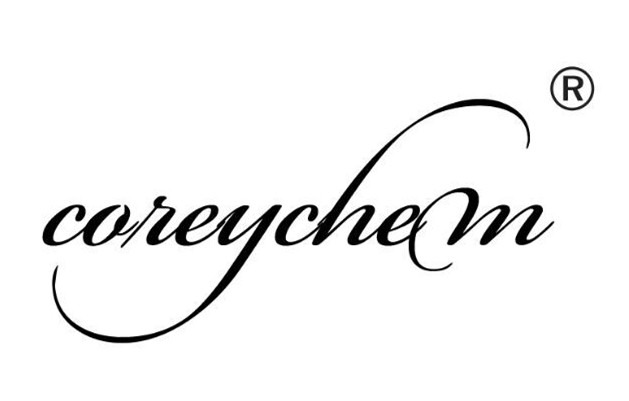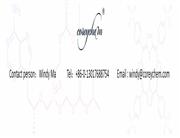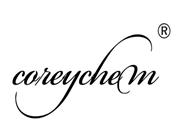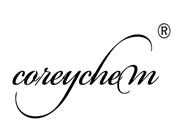| Description |
Valeric acid (also pentanoic acid) is a straight chain alkyl carboxylic acid.
Valeric acid is mainly used for the synthesis of its esters used in foods, perfume, and cosmetics. Valeric acid is used as an intermediate for applications including ester type lubricants (in aviation turbine oils, fire-resistance hydraulic fluids, and refrigerator oils), plasticizers (dipropyl heptyl phthalate), vinyl stabilizers, and specialty chemicals. It is also used as an odorant in pesticide formulations for use on crops. |
| References |
[1] http://www.chemicalland21.com
[2] Patent CA 2496307 C: High viscosity synthetic ester lubricant base stock
[3] https://www.icis.com
[4] Christopher G. Morris (1992) Academic Press Dictionary of Science and Technology |
| Chemical Properties |
Colorless liquid; penetrating odor and taste. Soluble in water, alcohol and ether. Undergoes reactions typical of normal monobasic organic acids. Combustible. |
| Uses |
valeric acid is obtained from valerian extract, which is considered skin conditioning. |
| Uses |
Sex attractant of the sugar beet wireworm, Limonius californicus.1 |
| Definition |
ChEBI: A straight-chain saturated fatty acid containing five carbon atoms. |
| General Description |
A colorless liquid with a penetrating unpleasant odor. Density 0.94 g / cm3. Freezing point -93.2°F (-34°C). Boiling point 365.7°F (185.4°C). Flash point 192°F (88.9°F). Corrosive to metals and tissue. |
| Air & Water Reactions |
Water soluble. |
| Reactivity Profile |
Valeric acid is a carboxylic acid. Exothermically neutralizes bases, both organic and inorganic, producing water and a salt. Can react with active metals to form gaseous hydrogen and a metal salt. Reacts with cyanide salts to generate gaseous hydrogen cyanide. Flammable and/or toxic gases and heat are generated by reaction with diazo compounds, dithiocarbamates, isocyanates, mercaptans, nitrides, and sulfides. Reacts with sulfites, nitrites, thiosulfates and dithionites to generate flammable and/or toxic gases and heat. Reacts with carbonates and bicarbonates to generate a harmless gas (carbon dioxide) but still heat. Can be oxidized by strong oxidizing agents and reduced by strong reducing agents. These reactions generate heat. May initiate polymerization reactions. May catalyze (increase the rate of) chemical reactions. |
| Health Hazard |
Corrosive. Very destructive to tissues of the mucous membranes, upper respiratory tract, eyes, and skin. Symptoms may include burning sensation, coughing, wheezing, laryngitis, shortness of breath, nausea and vomiting. Extremely destructive to skin. May be absorbed through the skin. |
| Fire Hazard |
Special Hazards of Combustion Products: Irritating vapors and toxic gases, such as carbon dioxide and carbon monoxide, may be formed when involved in fire. |
| Safety Profile |
Moderately toxic by ingestion, intravenous, and subcutaneous routes. Mildly toxic by inhalation. A corrosive irritant to skin, eyes, and mucous membranes. Combustible liquid. When heated to decomposition it emits acrid smoke and irritating fumes. Used in perfumes. |
| Purification Methods |
Water is removed from the acid by distillation using a Vigreux column (p 11), until the boiling point reaches 183o. A few crystals of KMnO4 are added, and after refluxing, the distillation is continued. [Andrews & Keefer J Am Chem Soc 83 3708 1961, Beilstein 2 H 299, 2 I 130, 2 II 263, 2 III 663, 2 IV 868.] |

 China
China







